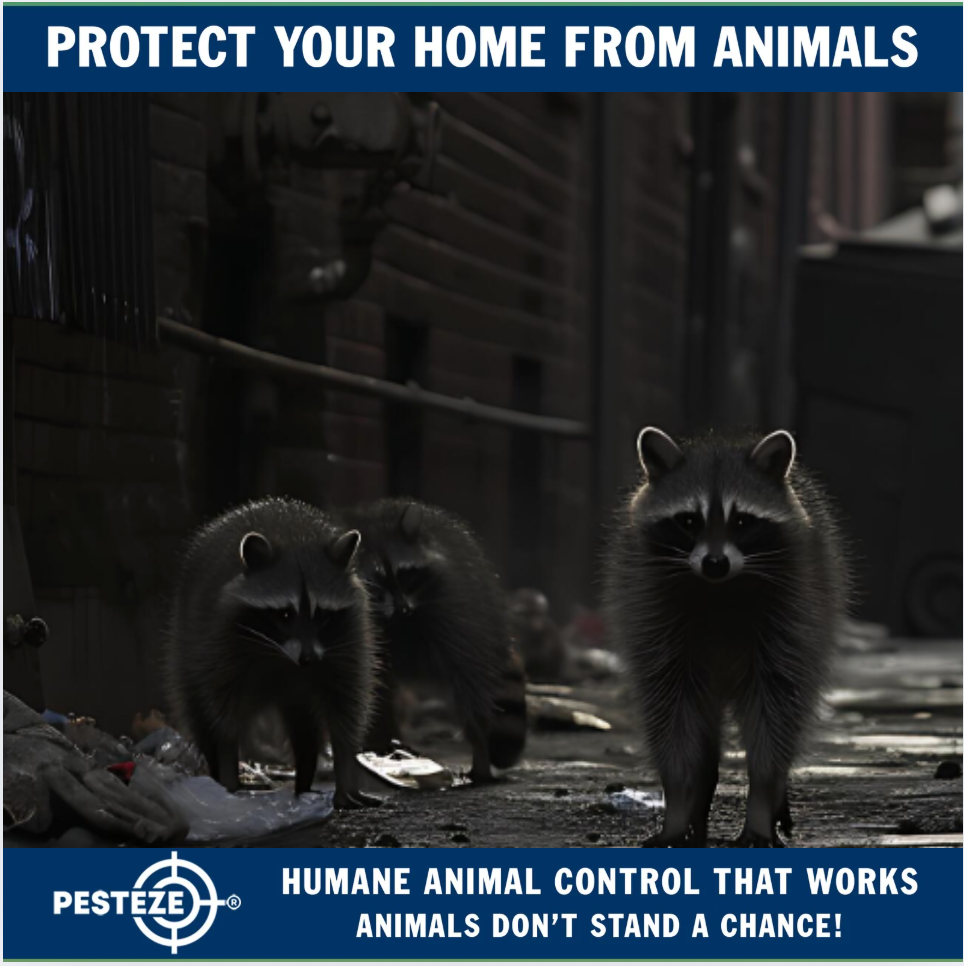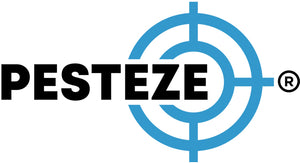MANAGING WILDLIFE IN THE CITY: CONTROL TIPS

MANAGING WILDLIFE IN THE CITY: CONTROL TIPS
SUMMARY
City environments present unique challenges for managing wildlife due to dense populations and limited natural habitats. This guide offers practical tips to control common urban animals safely and effectively while respecting local laws.
FEATURES
-
Common urban wildlife species
-
Prevention strategies to reduce encounters
-
Safe removal and deterrent techniques
-
Legal considerations and permits
-
When to contact animal control professionals
DESCRIPTION
Urban wildlife such as raccoons, pigeons, rats, and feral cats have adapted to city life, often leading to conflicts with residents. Successful management focuses on prevention, humane deterrence, and timely professional assistance. Securing trash, removing food sources, and blocking access points reduce attractants. Understanding legal protections and following municipal guidelines ensures responsible coexistence.
COMMON URBAN WILDLIFE
-
Raccoons
-
Rats and mice
-
Pigeons and other birds
-
Feral cats
-
Squirrels
PREVENTION STRATEGIES
-
Secure garbage bins with tight lids
-
Avoid feeding wildlife intentionally
-
Seal entry points to homes and buildings
-
Keep outdoor areas clean and free of food debris
-
Use motion-activated lights or sprinklers as deterrents
CONTROL AND REMOVAL
-
Employ humane traps and release policies when permitted
-
Use deterrents like noise makers or repellents
-
Avoid direct contact with wild animals to prevent disease risk
-
Consult animal control for handling aggressive or protected species
LEGAL CONSIDERATIONS
-
Some species are protected by law and require permits for removal
-
Follow local regulations regarding trapping and relocation
-
Report injured or sick wildlife to appropriate agencies
WHEN TO CALL PROFESSIONALS
-
When animals pose a health or safety risk
-
If infestations are large or persistent
-
For assistance with legal compliance and humane treatment
- Medha samanu


Comments 0